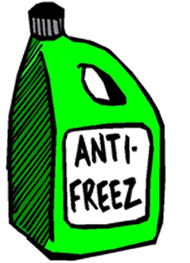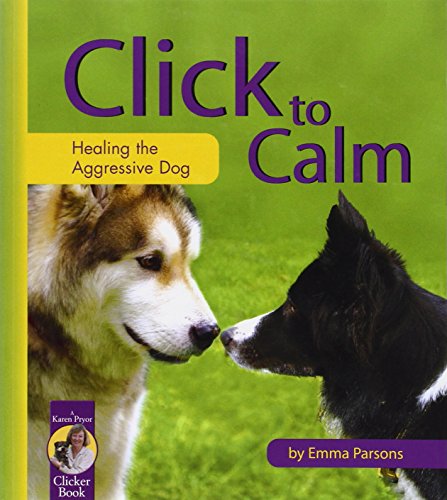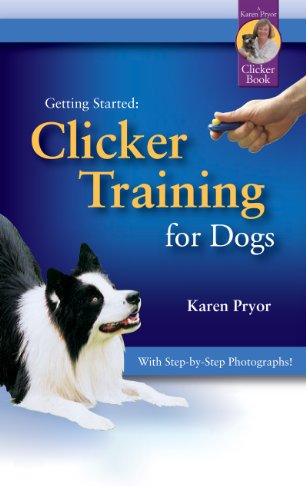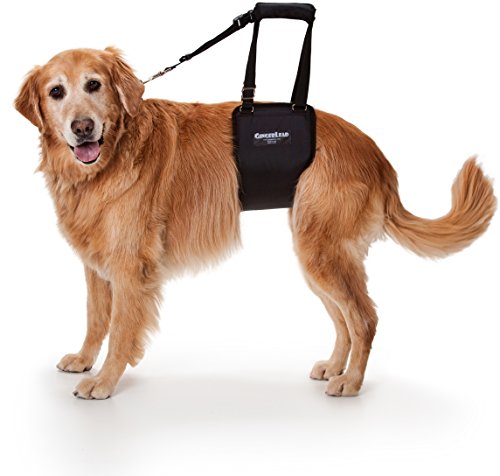
One of the most important things for dogs to learn is to come to you when you call his or her name. Dogs regularly get themselves into trouble and/or engage in risky activities (like blindly chasing anything that moves). If they respond perfectly to the come command, you can stop them from doing whatever it is they are doing and protect them from potential dangers. The problem, as many dog owners can attest to, is that many dogs simply do not come when called. This situation is easily remedied with just a bit of training.
Wherever you start the training, make sure it is in a quiet calm environment. You want the dog’s full attention so stay away from regular parks or dog parks at this point. You’ll get there eventually, but start off in a quiet place in your home where distractions are minimized.
A great way to start is to get the dog used to the word “come”. Start off by saying the word “come” and then back away from the dog. As your dog approaches, praise your dog. Once it gets to you, tell your dog to sit (your dog should know the sit command). Once your dog sits, grasp its collar with one hand and with the other hand give it a treat that it loves while saying “good dog”. Repeat this exercise until the dog has learned the task, but if you are having trouble, stop and try it again the next day. Keep the training sessions relatively short. The goal is for the dog to ENJOY coming to you more than anything else because it gets praised and rewarded. Trying this or any training exercise when the dog is a bit hungry is not a bad idea if you are having trouble.
Stage two of the training is increasing the distance between you and the dog. Start off by calling the dog in the same way as previously described. If the dog comes, that’s great; practice increasing the distance and always treat and praise the dog. If the dog does not come, interrupt whatever the dog is doing by approaching the dog. Call the dog as described previously and gradually increase your distance from the dog. For some dogs this will be really easy, while frequent short practice sessions may be required for other dogs. Once this step is mastered, call your dog from other rooms in the house and praise and treat the dog when it comes.
Stage three involves bringing your pet outdoors where the distractions are increased, and you should only attempt this once the indoor practice has been completely mastered. Start off in a quieter outdoor zone (like a fenced backyard, NOT a park at this point) with your dog on a long leash or rope attached to its collar. Practice the starting indoor technique as described in paragraph three so that your dog understands what is expected. Then increase your distance from the dog slowly but surely and continue the exercise. Practice this regularly for at least a week straight. Once this has been completely mastered only then should you try this in a park or a dog park. The leash/rope should always be on during outdoor training unless the dog is in an enclosed off-leash dog park. If you are having trouble outdoors try increasing the value of the reward by using the tastiest treats possible.
Once your dog has fully mastered the come command then you don’t need a food reward every single time, use the food reward regularly but intermittently. The praise though, should come every time the action is successfully performed. The majority of dogs will succeed in learning this command if the owner is patient and devoted. Training needs to be fun though, so if you are having trouble with this or any other training, please get a referral for a professional trainer.
 Winter Safety For Dogs Part 1 ?The Dangers of Antifreeze
The Dangers of Antifreeze For Your Dog
With colder weather
Winter Safety For Dogs Part 1 ?The Dangers of Antifreeze
The Dangers of Antifreeze For Your Dog
With colder weather
 My Dog Lunges And Barks At Other Dogs
Walking your dog is a nightm
My Dog Lunges And Barks At Other Dogs
Walking your dog is a nightm
 How To Train Your Puppy The Right Way
Train Your Dog Using Positiv
How To Train Your Puppy The Right Way
Train Your Dog Using Positiv
 Choosing a Dog Breed
Choosing a Dog Breed
Choosing a Dog Breed
Choosing a Dog Breed
 Senior Dog Harness
There are many reasons that
Senior Dog Harness
There are many reasons that
Copyright © 2005-2016 Pet Information All Rights Reserved
Contact us: www162date@outlook.com